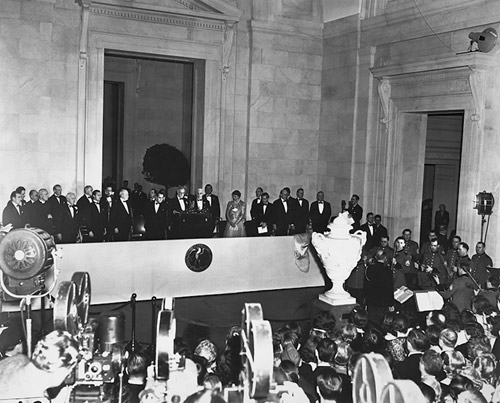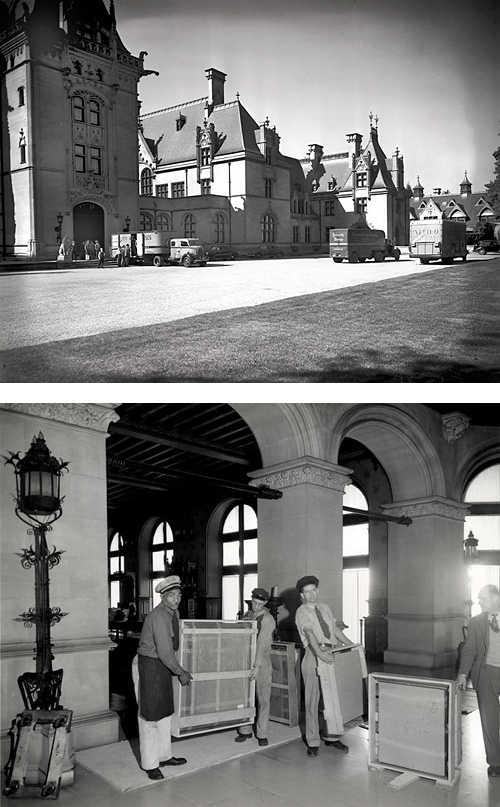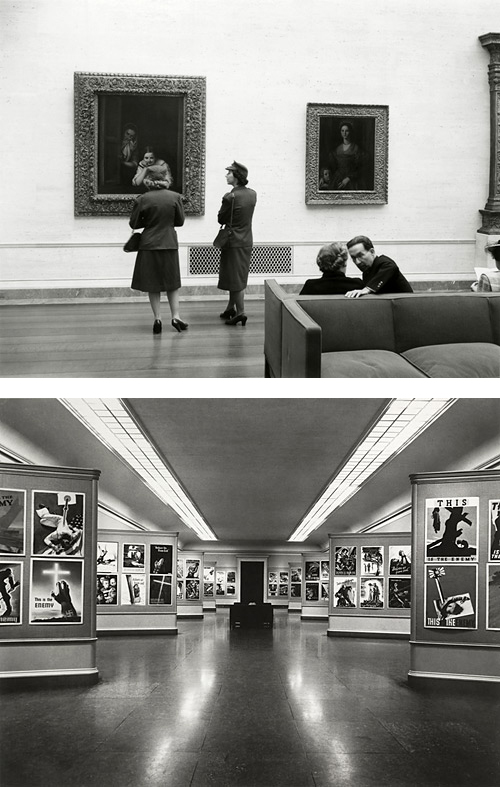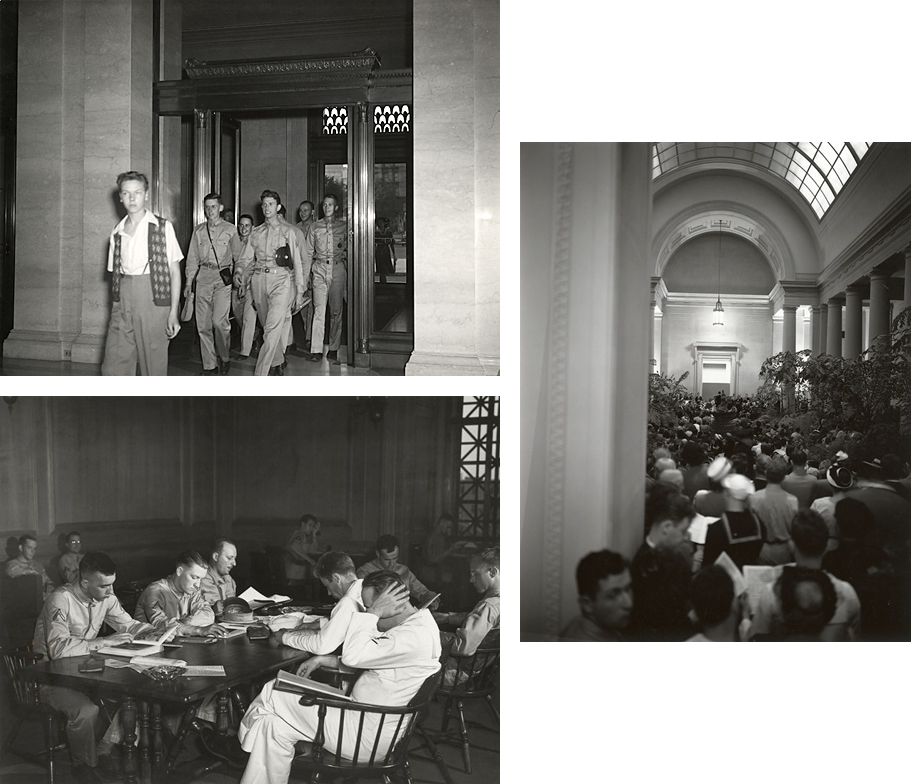That the Freedom of the Human Spirit Shall Go On: World War II and the National Gallery of Art

The National Gallery of Art opened to the public in March 1941 on the eve of World War II. Thinking of the battles already being fought in Europe, President Franklin D. Roosevelt said in his dedication speech: "To accept this work today is to assert the purpose of the people of America--that the freedom of the human spirit and human mind which has produced the world's great art . . . shall not be utterly destroyed."
Excerpt from Roosevelt's Dedication Speech
It is with a very real sense of satisfaction that I accept for the people of the United States, and on their behalf, this National Gallery and the collections it contains. The giver of this building has matched the richness of its gift with the modesty of his spirit, stipulating that the gallery shall be known not by his name but by the nation's. And those other collectors' paintings and sculpture, who have already joined, or who propose to join their works of art to Mr. Mellon's, Mr. Kress and Mr. Widener, have felt the same desire to establish not a memorial to themselves, but a monument to the art that they love and country to which they belong.
Throughout the war the National Gallery of Art was inspired by the conviction that the great art within its walls represented the highest values for which the nation was fighting. Approximately one quarter of the museum's employees joined the armed forces; in their absence, the remaining staff set about protecting the Gallery's artworks and supporting the war effort on the home front.
President Franklin D. Roosevelt speaking at the dedication of the National Gallery of Art, March 17, 1941, Photograph: National Gallery of Art, Gallery Archives

"No war here, for art outlives wars."
Seymour Bazell, Somerset, Massachusetts, August 12, 1945
For safety, in January 1942, sixty-two paintings and seventeen sculptures were sent to off-site storage in Biltmore House on the Vanderbilt family estate near Asheville, North Carolina. The works of art remained there until 1944, when they were returned to the museum in Washington.
(top) Biltmore House, Asheville, North Carolina, Photograph: National Gallery of Art, Gallery Archives
(bottom) National Gallery of Art paintings being moved for safe storage at Biltmore House, Photograph: National Gallery of Art, Gallery Archives

"A tribute to the inherent love of the beautiful and the good in man...."
M. Avignon Jr., United States Merchant Marine, San Francisco, California, February 7, 1945
Except for the small group of evacuated artworks, the museum's collection was on view throughout the conflict, augmented by paintings and drawings from French and Belgian collections that had been traveling in the Americas when war broke out. After the war, all of the safeguarded works were returned to their owners. Popular temporary exhibitions of war posters and military scenes were presented in galleries on the ground floor.
(top) Visitors to the National Gallery during World War II, Photograph: National Gallery of Art, Gallery Archives
(bottom) Posters from the National War Poster Competition on view in the Central Gallery, National Gallery of Art, January 1943, Photograph: National Gallery of Art, Gallery Archives

"First time I've been able to relax and enjoy beauty in months."
Private Matthew C. Ek, Salt Lake City, Utah, February 24, 1945
During the war years the museum opened its doors to thousands of young men and women in the armed forces. The Founders' Room, in the West Building, was transformed into a special lounge for their use. To entertain them and to help build and maintain civilian morale, the museum offered a series of free classical concerts. Visiting service personnel were encouraged to sign a guest book. Their words evoke the special meaning of art at a time of war and national crisis.
(top left) Servicemen entering the National Gallery during the war years, Photograph: National Gallery of Art, Gallery Archives
(bottom left) Servicemen in the Founders' Room of the National Gallery, Photograph: National Gallery of Art, Gallery Archives
(right) Concert in the East Garden Court of the National Gallery of Art, December 26, 1942, Photograph: National Gallery of Art, Gallery Archives